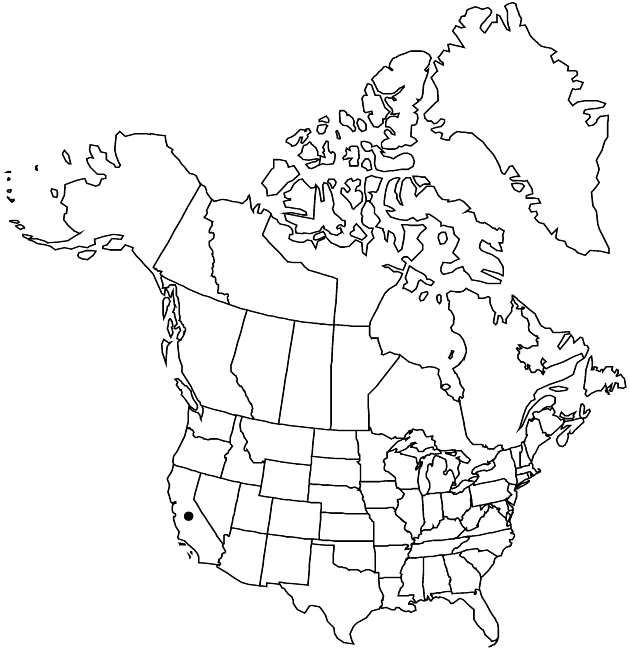Difference between revisions of "Madia radiata"
Proc. Calif. Acad. Sci. Sci. 4: 190. 1870.
FNA>Volume Importer |
imported>Volume Importer |
||
| (3 intermediate revisions by 2 users not shown) | |||
| Line 6: | Line 6: | ||
|place=4: 190. 1870 | |place=4: 190. 1870 | ||
|year=1870 | |year=1870 | ||
| + | }} | ||
| + | |special_status={{Treatment/ID/Special_status | ||
| + | |code=E | ||
| + | |label=Endemic | ||
| + | }}{{Treatment/ID/Special_status | ||
| + | |code=C | ||
| + | |label=Conservation concern | ||
}} | }} | ||
|basionyms= | |basionyms= | ||
| Line 33: | Line 40: | ||
-->{{#Taxon: | -->{{#Taxon: | ||
name=Madia radiata | name=Madia radiata | ||
| − | |||
|authority=Kellogg | |authority=Kellogg | ||
|rank=species | |rank=species | ||
| Line 47: | Line 53: | ||
|publication title=Proc. Calif. Acad. Sci. Sci. | |publication title=Proc. Calif. Acad. Sci. Sci. | ||
|publication year=1870 | |publication year=1870 | ||
| − | |special status= | + | |special status=Endemic;Conservation concern |
| − | |source xml=https:// | + | |source xml=https://bitbucket.org/aafc-mbb/fna-data-curation/src/2e0870ddd59836b60bcf96646a41e87ea5a5943a/coarse_grained_fna_xml/V19-20-21/V21_742.xml |
|tribe=Asteraceae tribe Heliantheae | |tribe=Asteraceae tribe Heliantheae | ||
|subtribe=Asteraceae (tribe Heliantheae) subtribe Madiinae | |subtribe=Asteraceae (tribe Heliantheae) subtribe Madiinae | ||
Latest revision as of 21:14, 5 November 2020
Plants 10–90 cm; self-incompatible (heads showy). Stems glandular-pubescent, glands yelloish or purple, lateral branches often surpassing main stems. Leaf blades lanceolate to linear, 2–10 cm × 4–15 mm. Heads in open, ± corymbiform arrays. Involucres depressed-globose, 4–7 mm. Phyllaries pilose to hispid (hairs uncinate) and glandular-pubescent, glands yellowish or purple, apices ± erect or reflexed, flat. Paleae readily falling, distinct. Ray florets 8–16; corollas golden yellow, laminae 6–19 mm. Disc florets 18–65, bisexual, fertile; corollas 3.5–5.5 mm, pubescent; anthers yellow to brownish. Ray cypselae black, purple, or mottled, dull or glossy, compressed (strongly arcuate), beaked (beaks adaxially offset, curved). Disc cypselae similar, not beaked. 2n = 16.
Phenology: Flowering Mar–May.
Habitat: Grasslands, openings in woodlands or chaparral, disturbed sites, usually heavy, clayey soils, often from decomposed shale
Elevation: 20–1200 m
Discussion
Of conservation concern.
Madia radiata occurs in the Inner South Coast Ranges and, locally, in the eastern San Francisco Bay area. It sometimes co-occurs with Deinandra halliana; the two species are morphologically similar.
Selected References
None.
